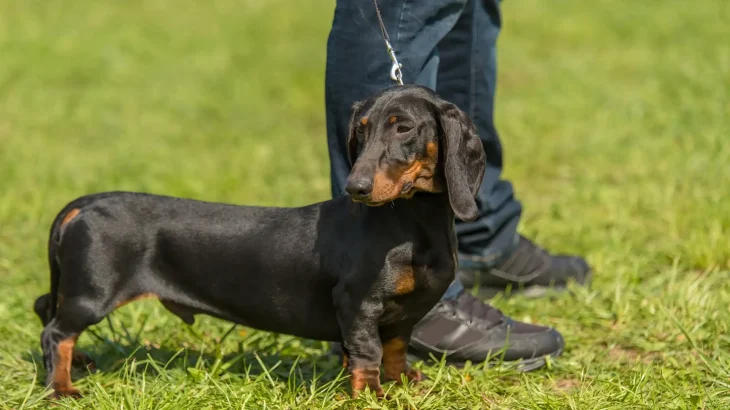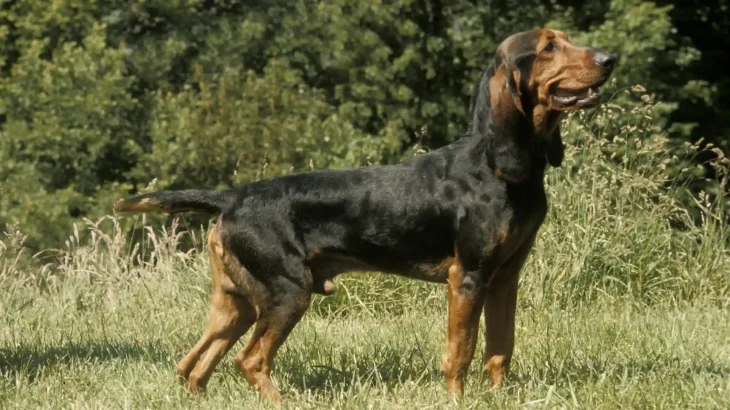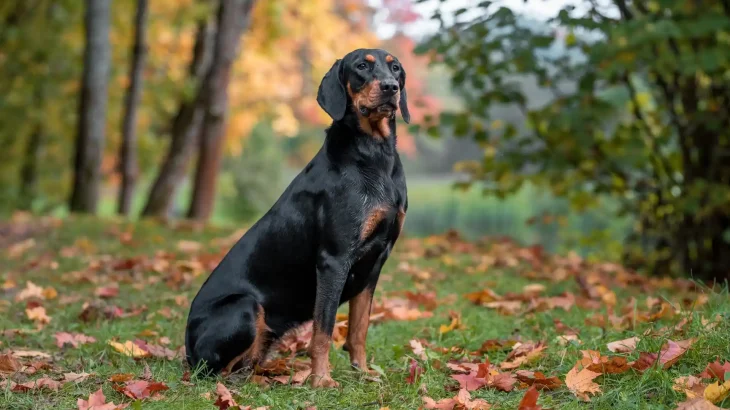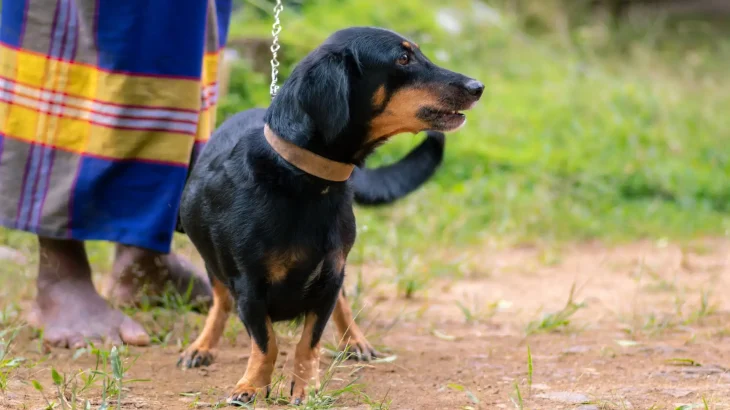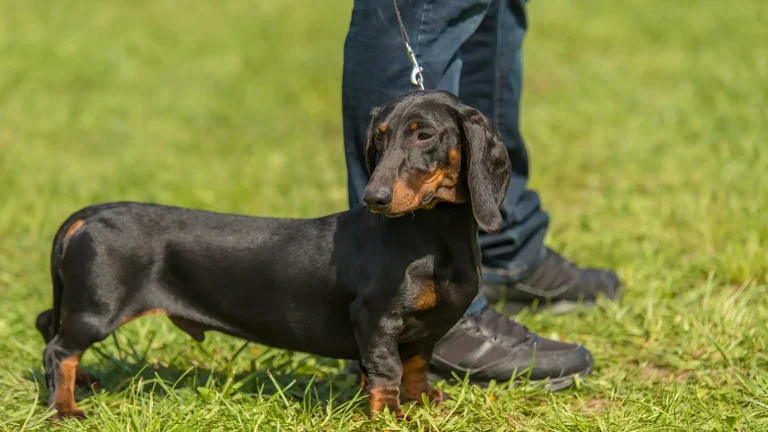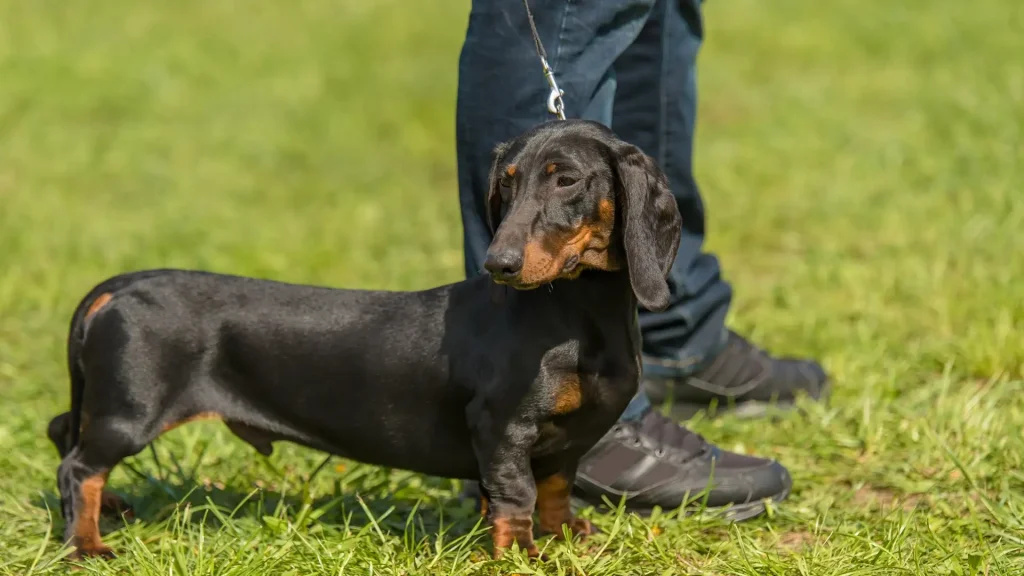Deciding whether to adopt or purchase a Small Jura Hound puppy depends on your priorities around cost, health information, and ethics. Buying from a breeder usually offers more detailed knowledge of the puppy's lineage and health, while adoption lets you provide a home to a dog in need and is often less costly.
Here's a quick comparison of adoption versus buying from a breeder:
| Criteria | Buying from Breeder | Adopting from Shelter/Rescue |
|---|---|---|
| Cost | Higher upfront cost reflecting pedigree and breeding expenses. | Lower adoption fees, often including vaccinations and spaying/neutering. |
| Health History | Comprehensive health and genetic background info available. | Health history may be incomplete; shelters perform basic health checks. |
| Age Availability | Primarily puppies, allowing early training and bonding. | Various ages available, including adults and seniors. |
| Temperament Insight | Breeders provide insights based on lineage and socialization. | Shelter staff share observed behavior; background may be unclear. |
| Supporting Practices | Supports controlled breeding programs; verify breeder ethics. | Supports animal welfare by rehoming dogs in need. |
| Ethical Considerations | Risk of unethical breeding if breeder not carefully chosen. | Helps reduce overpopulation and homeless pets. |

